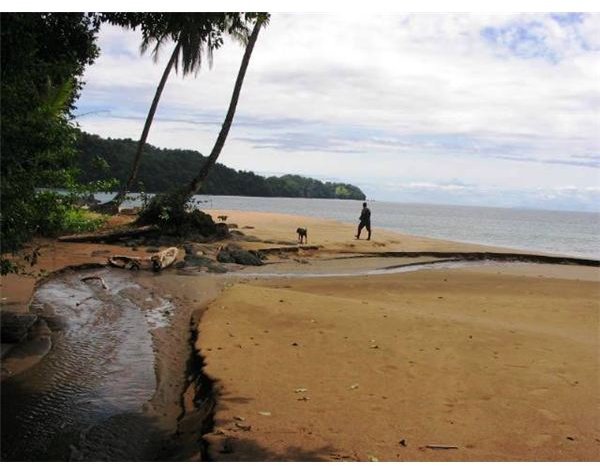The Photography Laws of Privacy - When NOT to Take Pictures - Including Helpful Information & Tips
NO Cameras and NO Photographs Allowed?
Work as a photographer long enough and you’ll see them. They hide and lurk in some unlikely places, but most you’ll spot from a mile away. You know what I mean, those “NO Photos Allowed” signs. Sometimes they simply say “NO Cameras Allowed”. Either way, the message is the same – you’re NOT allowed to take photographs here – or are you, according to photography law? Here is some detailed insight on the photography laws of privacy, when you can – or can’t take photographs. While this information is not designed to replace any legal document, code of law statue or official regulation or professional legal advice, what you can get here are some reasonable guidelines on when to shoot – or not. Check with local tourism boards, travel agents, security companies, guide books, local officials or authorities, whenever in doubt.
Photography Laws of Privacy: When NOT to Take Photos
Photography law applied to what is or is not able to be photographed does vary somewhat from one country to another in many cases. There are, in fact, a few places and situations however, according to the photography laws of privacy, which you should always be wary of, wherever you might travel.
Police, Military and Official Installations
When I was taking travel scenes along a nearly-deserted beach on the Pacific coast, I framed and photographed this image of a lone figure walking along the surf (click on image to enlarge). Minutes later, a platoon of soldiers emerged from the rain forest a distance behind me. The officer came straight for me and began to scold me saying, “You can’t take any pictures of soldiers”.
“What soldiers?” I asked. “I’m not taking any photos of the soldiers.”
“You took photos of that one”, the officer responded pointing to the lone figure now quite a distance up the beach.
He was right though. The lone figure ahead was the “point man” of the platoon. You still couldn’t tell he was a soldier. He was just too far away. I even showed him the digital images I’d shot on my camera’s display screen. Neither of us knew about the dog.
“Look, you can’t even tell that’s a soldier. Besides, I didn’t know”, I defended myself.
I then added, “I’ll erase these images if you like”.
That time it worked out okay, but on far too many occasions it does not. Military and security personnel can, will and often do confiscate digital cameras and audio recording equipment at the slightest provocation. When in doubt, put your equipment away. Don’t argue with them. Don’t get your equipment confiscated. Don’t get yourself “detained” or arrested. If there’s a soldier or policeman in a scene, be wary of taking the shot, unless it’s a traffic cop.
Airports and Other Transportation Terminals
Due to “security measures” which may be in place, many countries distinctly “frown upon” tourists taking photos (or recordings) in airports, train stations, bus terminals and other transportation hubs. Your best bet is to ask a nearby security official or policeman if you’re allowed to shoot pictures in the area. If you don’t speak the local language, then simply point to your camera and make an “inquisitive” gesture. They’ll get the message and indicate a “Yes” or “No”. If it’s a negative, then put your camera away – IMMEDIATELY. This is especially true outside of the continental USA and in countries where you don’t speak the local language. Photography laws of privacy prohibiting photographs also apply to images of aircraft and equipment as well as area personnel and facilities both inside and out. Even when military aircraft are in public view, you can get into “hot water” by photographing them in more than a few “third world” countries. To avoid violating any photography laws, when in doubt, ASK or get permission first.
Photography Law
In part two of this article series on photography law, we’ll look at photography laws of privacy and cultures that prohibit photos along with photography of private property, some conditions when you can’t take photographs in public places and what to do if the worst happens and your camera, digital media storage devices and equipment are confiscated.
This post is part of the series: Photography Law Series
This article series will provide you with helpful information and tips on some of the general rights of photographers and when NOT to take photos based on the photography laws of privacy.
